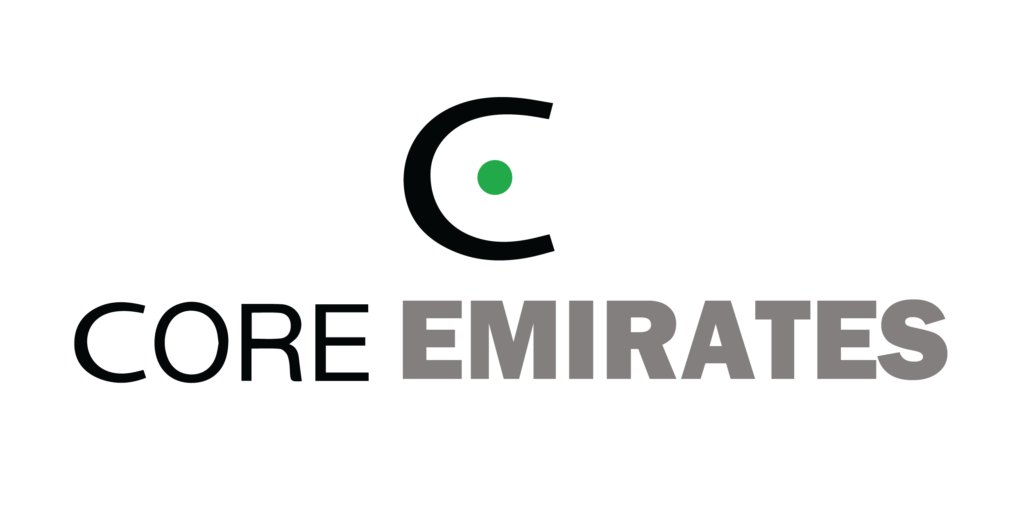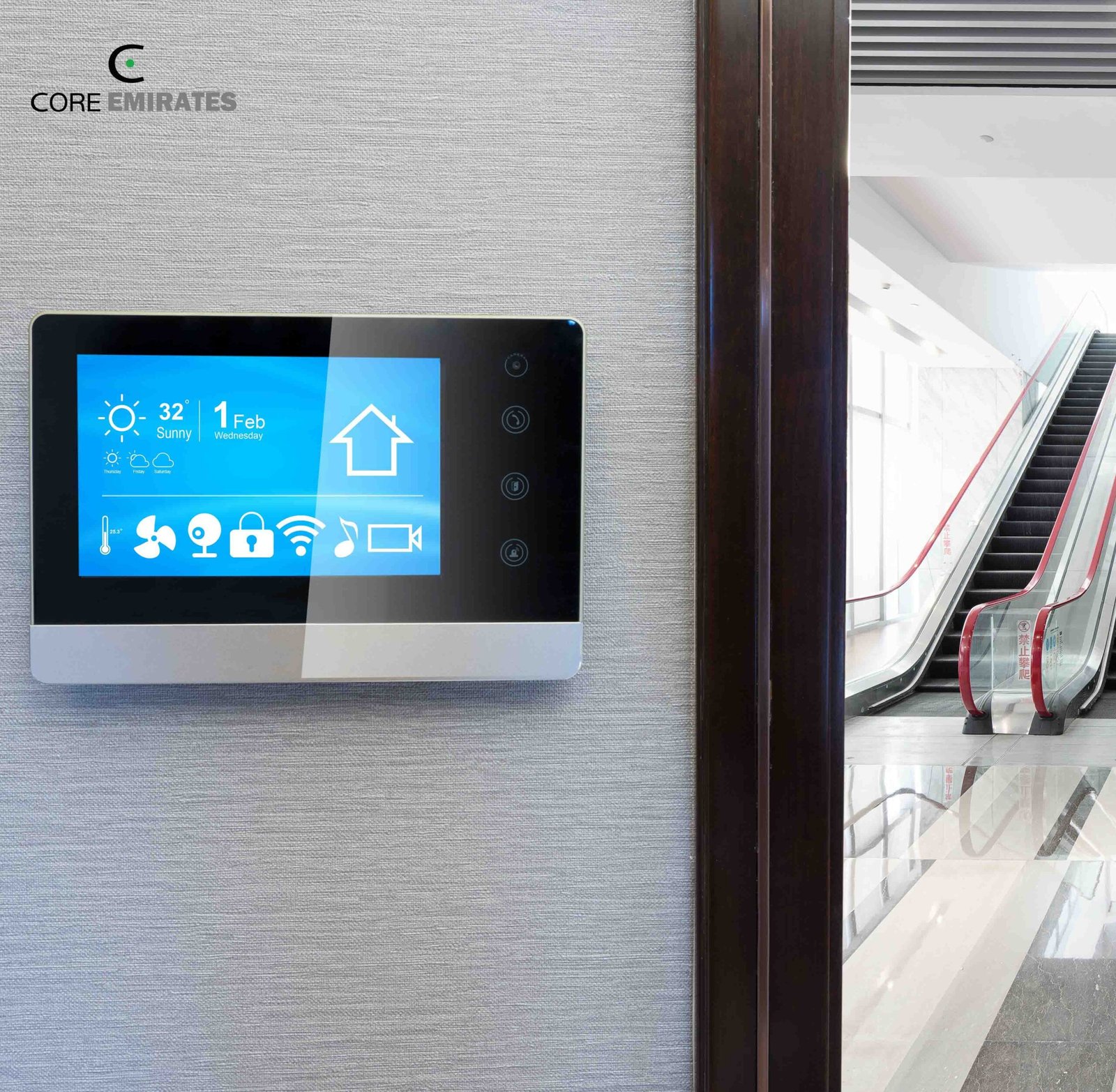The Importance of Retro-Commissioning: Enhancing Building Efficiency After a Decade
As buildings age, their systems and equipment may no longer run as efficiently as when they were first installed. This is where retro-commissioning comes into play. But what exactly is it, and why is it essential after a building has been operating for about ten years? What is Retro-Commissioning? Retro-commissioning is a process that involves evaluating and improving the performance of a building’s existing systems, such as heating, ventilation, air conditioning (HVAC), lighting, and other mechanical equipment. Think of it as a tune-up for your building. Unlike regular maintenance, which focuses on fixing things that are broken, retro-commissioning looks at how all the systems work together to ensure they operate as efficiently as possible. Why is it Important? Over time, a building’s systems might drift from their optimal performance levels due to wear and tear, changes in occupancy, or evolving energy needs. Retro-commissioning helps identify inefficiencies and corrects them, restoring the building’s systems to their best possible performance. For buildings that have been in use for around ten years, it becomes even more important, as inefficiencies can accumulate, leading to higher operating costs and wasted energy. Benefits of Retro-Commissioning After 10 Years Improved EfficiencyBuildings naturally lose efficiency over time. Equipment may become outdated, settings can be altered, or usage patterns can shift. Retro-commissioning fine-tunes these systems, ensuring they work as they should. For instance, HVAC systems may be reprogrammed to better match the current usage of a space, which leads to more efficient heating and cooling. Cost Savings Retro-commissioning can lead to significant cost savings, both in terms of energy use and reduced operational expenses. By identifying and addressing issues like unnecessary energy consumption, retro-commissioning reduces utility bills. The process often identifies no cost or low-cost solutions, making it a quick way to recoup the initial investment. Extended Equipment Lifespan Properly functioning systems tend to last longer. By ensuring that all systems are running optimally, retro-commissioning helps prevent premature equipment failure and reduces the need for frequent repairs or replacements. Enhanced Comfort and Productivity Retro-commissioning can also improve the comfort of building occupants by optimising temperature control, air quality, and lighting. This leads to a more pleasant environment, whether it’s for office workers, residents, or retail customers, ultimately boosting productivity and satisfaction. Environmental Impact Reducing energy consumption also means lowering the building’s carbon footprint. By using less energy, retro-commissioning helps building owners contribute to sustainability goals and reduce the environmental impact of their properties. After about a decade, buildings can benefit greatly from retro-commissioning. The process ensures that all systems work in harmony, delivering improved efficiency, cost savings, and a more comfortable environment for occupants. Whether it’s a commercial space, an office building, or even a residential complex, retro-commissioning is an effective way to optimise operations and reduce environmental impact, making it a win-win for both the building owner and the planet. When it comes to retro-commissioning, Core Emirates is your ideal partner for optimising building performance. With years of expertise in energy efficiency, we specialise in identifying and addressing operational inefficiencies in aging systems. Through our retro-commissioning services, we provide a thorough evaluation of your building’s HVAC, lighting, and mechanical systems to restore them to peak performance. By working with Core Emirates, you’ll not only reduce energy consumption and operational costs but also extend the life of your equipment and enhance occupant comfort. Choose Core Group to bring your building’s efficiency back on track and ensure long-term sustainability.










